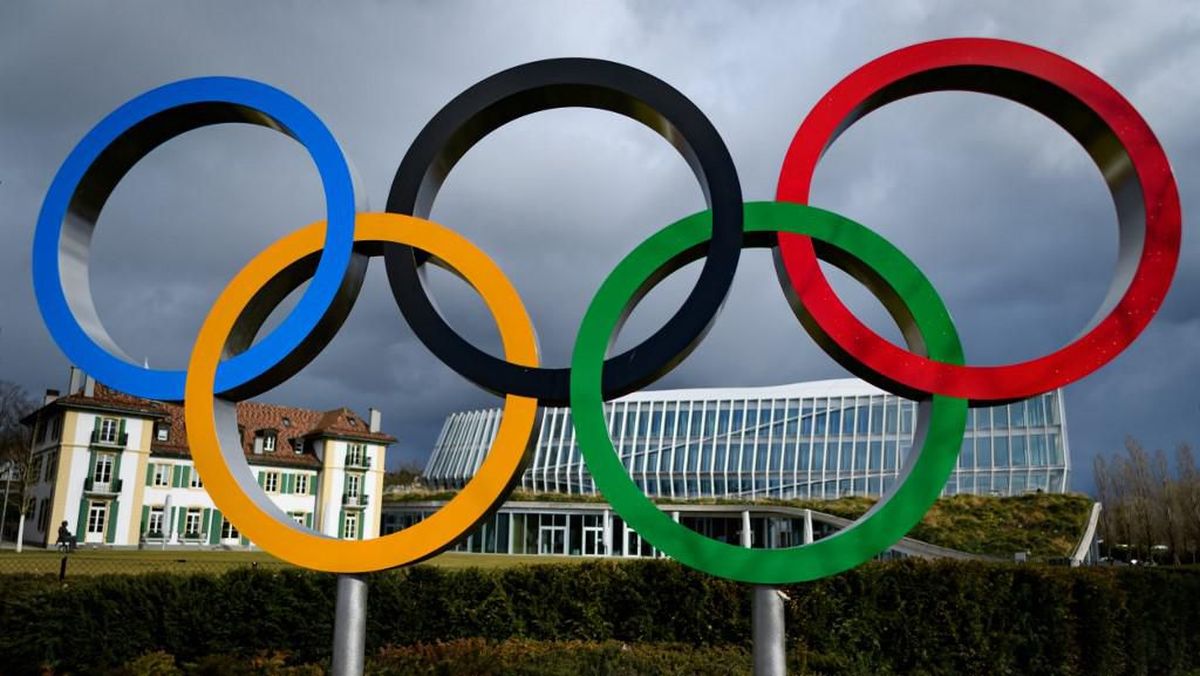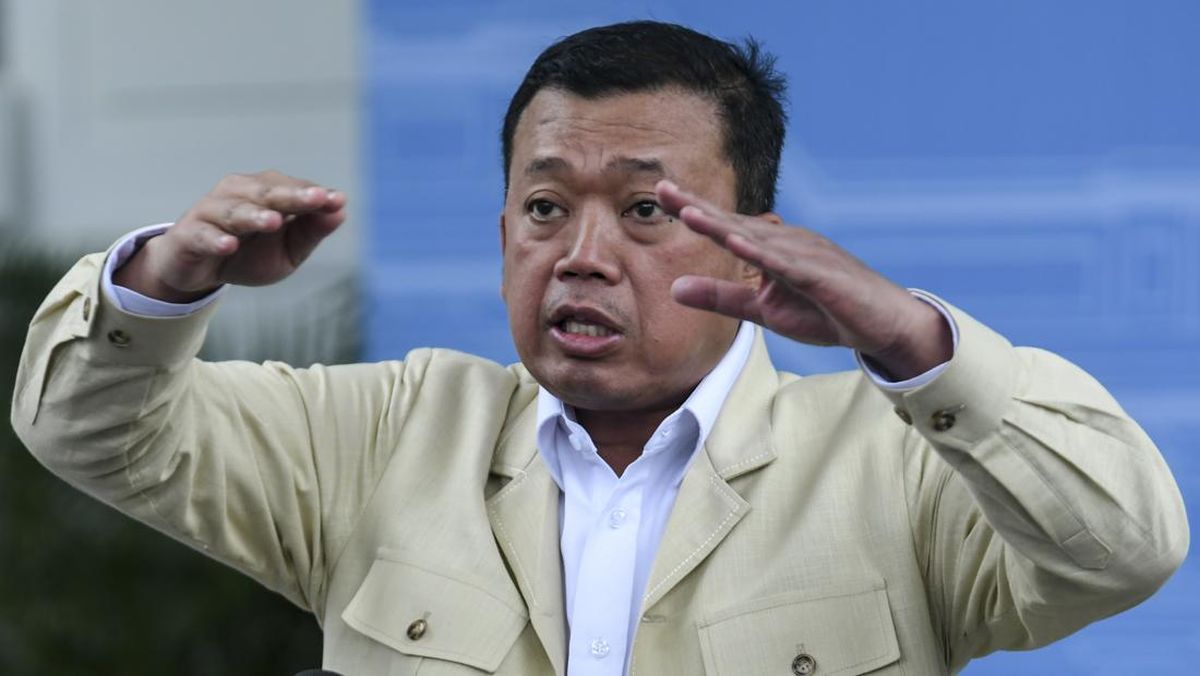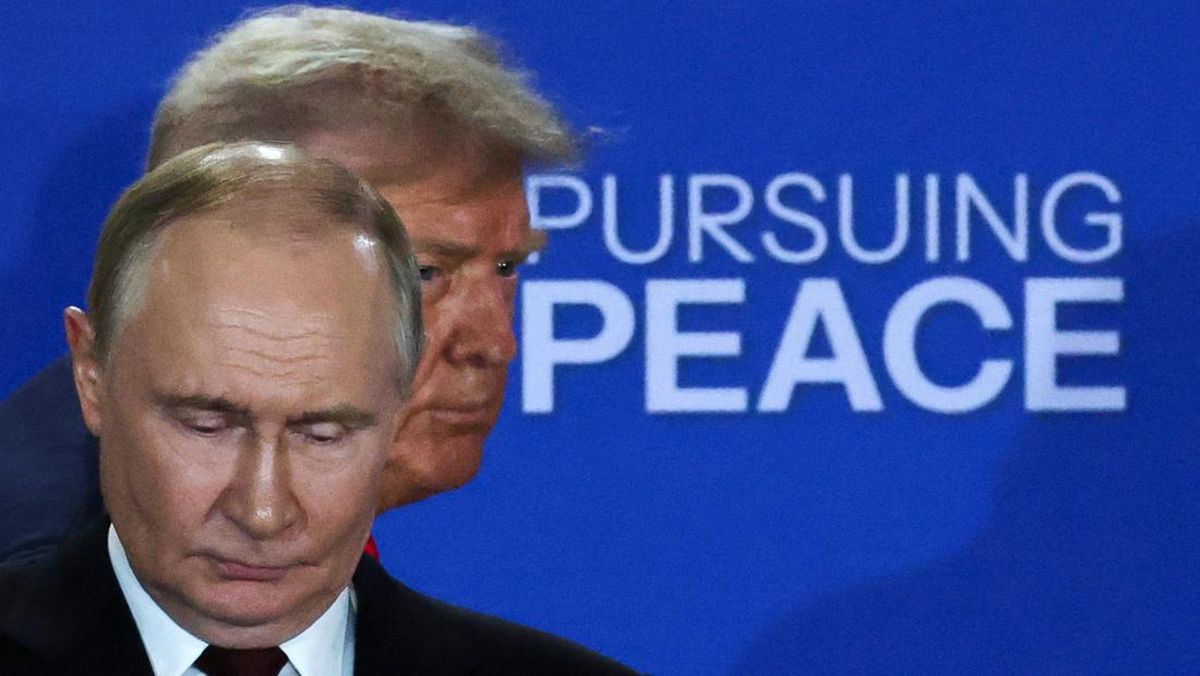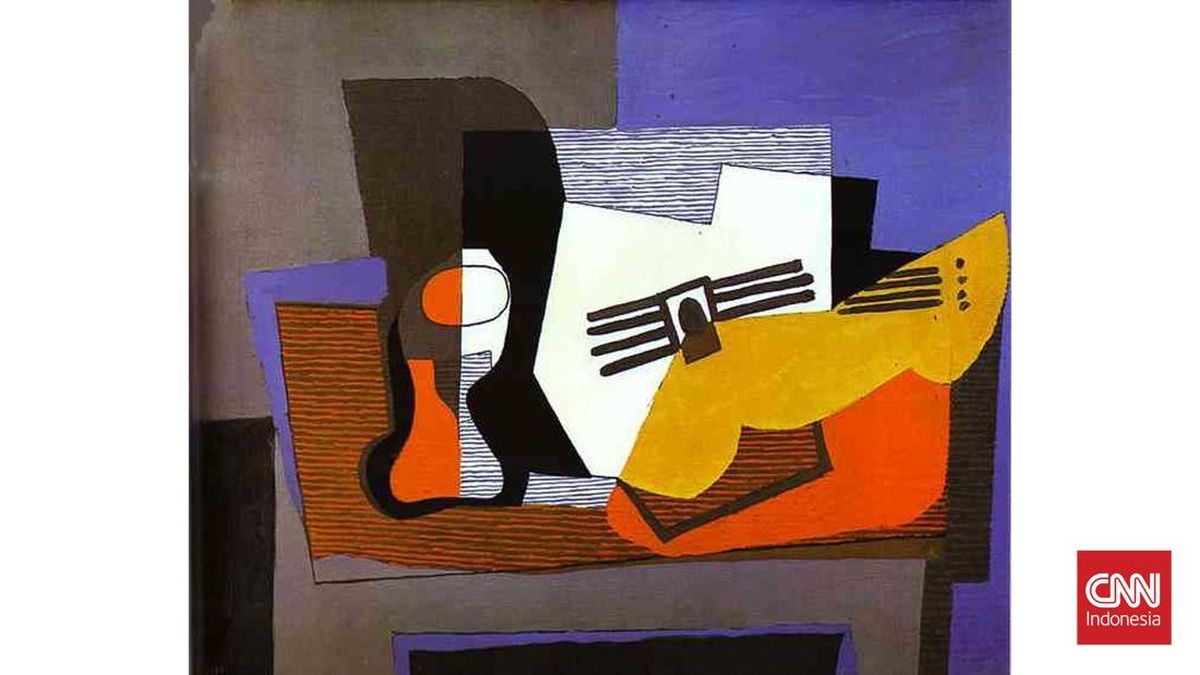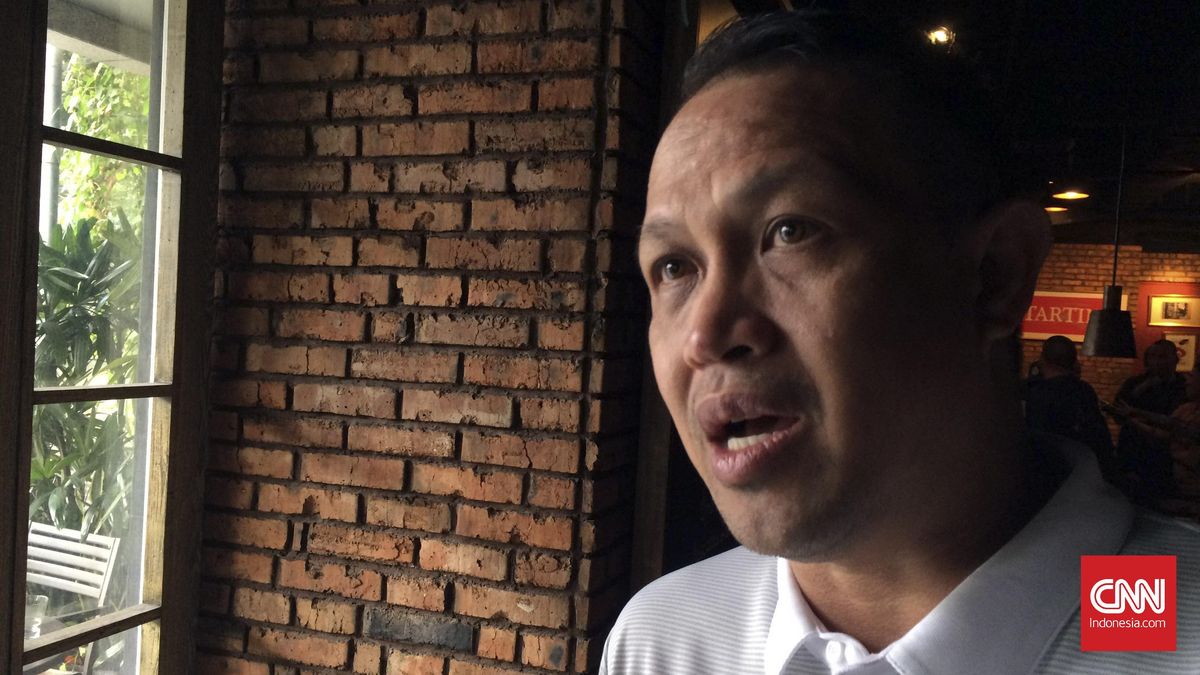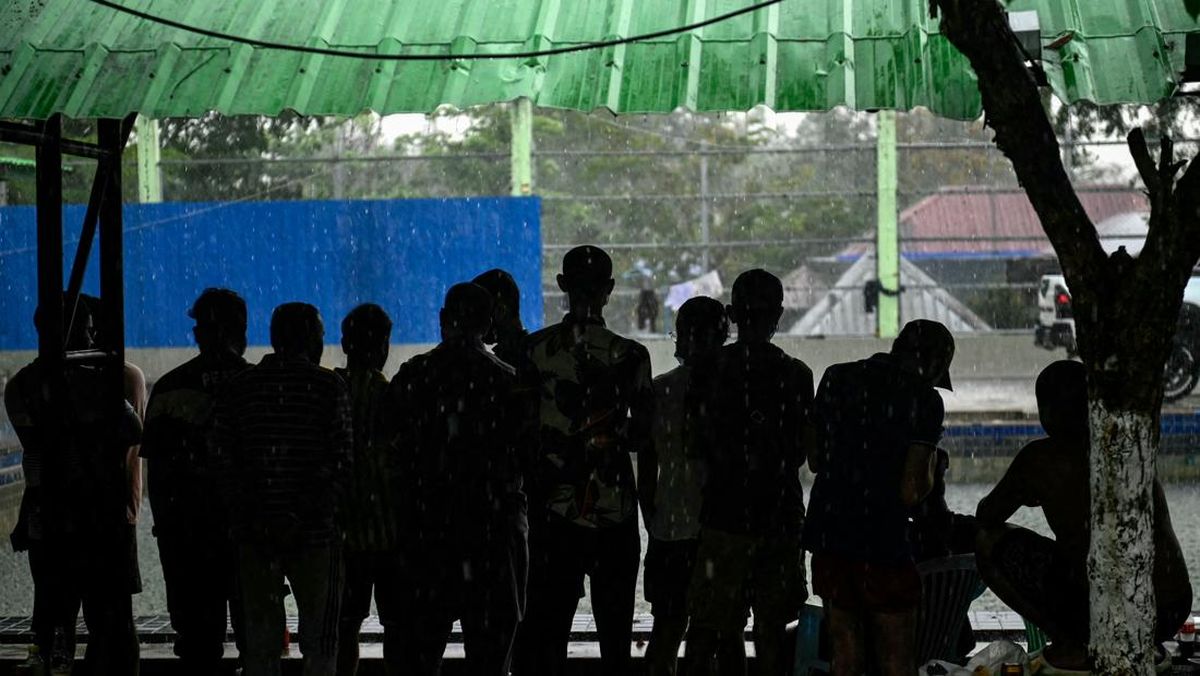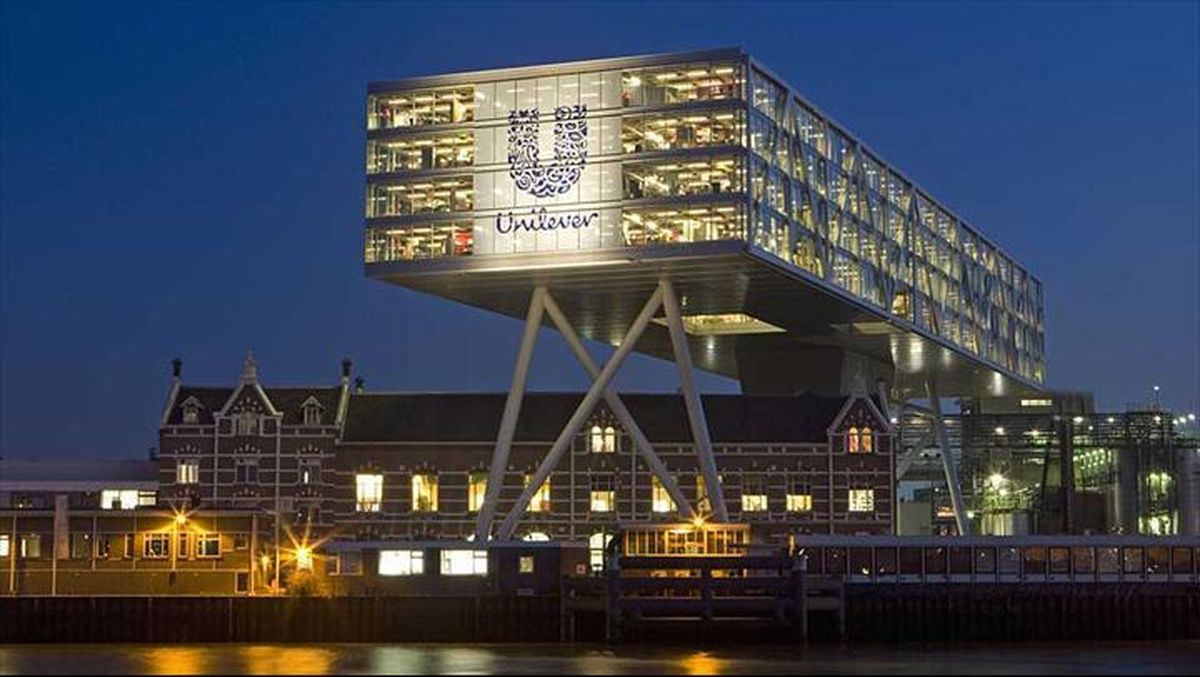DANCE
SYDNEY DANCE COMPANY: CONTINUUM
Roslyn Packer Theatre, October 22, until November 1
Reviewed by CHANTAL NGUYEN
★★★★½
A strong triple bill is greater than the sum of its parts. Sydney Dance Company’s Continuum hits that high note, featuring an exciting line-up of heavyweights: Stephen Page, William Barton, Rafael Bonachela, and the up-and-coming Tra Mi Dinh. Their artistic voices are distinct in style, but the gorgeous commonality is that each is artistically mature and can evoke a sophisticated, satisfying artistic vision.
First off the ranks is a dance by the home team: artistic director Rafael Bonachela’s Spell. It’s structured into five chapters, “each a vivid ‘spell’ that creates dance alchemy”, Bonachela explains.

A scene from the dance work Spell, showing as part of the Sydney Dance Company show Continuum.Credit: Daniel Boud
While the through-line between each segment is not always clear, the spinning athleticism of Bonachela’s aesthetic and SDC’s god-like dancers never disappoint.
A highlight is the last ‘spell’, a duet for a male and female dancer, performed in a towering cone of red light and mist (Damien Cooper’s lighting and Kelsey Lee’s set). Visually striking, it also packs a searing emotional punch.

A scene from Somewhere between ten and fourteen.Credit: Daniel Boud
Next comes Tra Mi Dinh’s Somewhere between ten and fourteen, an exploration of the period between day and night, with the dancers dressed in a spectrum of dreamy, saturated blue shades (Aleisa Jelbart’s costumes).
First seen in SDC’s 2023 New Breed season, Dinh has reworked this rendition for a larger ensemble. The result is intelligent and polished, with the choreography transitioning seamlessly between a robust, pulsing energy danced in sneakers and smooth, spinning sequences danced barefoot.

A scene from the dance work Unungkati Yantatja – one with the other, a multidisciplinary collaboration between choreographer Stephen Page and leading yidaki (or didgeridoo) player William Barton. Credit: Daniel Boud
The evening peaks with a soaring First Nations meditation on the spirit of creation breath: Unungkati Yantatja – one with the other, a multidisciplinary collaboration between choreographer Stephen Page and leading yidaki (or didgeridoo) player William Barton, who composed the music and performs centre stage along with the classical new music artists of the Omega Ensemble.
Loading
Barton’s musicality and mere stage presence is nothing short of magnetic. A towering figure in a feathery cloak (Jennifer Irwin’s magnificent costuming), his didgeridoo playing speaks with the command of an ancient, evocative voice talking from the edge of the human world. And when singing, he seems to be calling the very dancing into being. The combination – on just one stage – of Barton’s presence, Page’s masterful choreographic instincts, and the artistic excellence of the SDC dancers and Omega Ensemble is almost an embarrassment of riches.
THEATRE
Fly Girl
Ensemble Theatre, October 22, until November 22
Reviewed by HARRIET CUNNINGHAM
★★★★½
Two air hostesses, dressed in orange slacks and matching hats, unroll a line of tape across the stage of the Ensemble Theatre. It’s the line that marks the limits of where a woman can go in 1970s Australia.
Fly Girl is the story of Deborah Lawrie, the first woman in Australia to become a commercial airline pilot. It’s a sprawling tale, part memoir, part courtroom drama, about the pitched battle between a talented 25-year-old pilot who happens to be a woman, and the rusted-on prejudice of pioneering businessman Sir Reg Ansett.

Genevieve Hegney and Catherine Moore in Fly Girl.Credit: Prudence Upton
In 1976 Lawrie, who has her first flying lesson at 15 and has 1600 flying hours under her belt, applies to join the pilot training program at Ansett. Despite impressing selectors at two interviews and passing the psychological test with flying colours, Lawrie is rejected. In 1978 she takes her case to the newly established Victorian Equal Opportunity Board and becomes the complainant in the Australia’s first sex discrimination in employment case.
Spoiler alert: she wins. But not without an ugly fight.
Playwrights Genevieve Hegney and Catherine Moore bring this epic tale to the Ensemble stage with humour, joy and just the right amount of bite. The action moves fast, in short scenes, cutting cinematically between Lawrie’s home and family, the control tower, the flying school, the courtroom and the economy cabin of a domestic flight. An airport flicker board suspended above the stage keeps track of where and when we are.

Genevieve Hegney, Alex Kirwan, Cleo Meinck and Emma Palmer in Fly Girl at the Ensemble Theatre. Credit: Prudence Upton
Everything else – including over 50 characters – is up to the cast of five, directed with ingenuity by Janine Watson, aided by a stirring soundtrack (Daniel Herten) and a treasure trove of 1970s costumes (Grace Deacon).
Sex is delightfully irrelevant: Alex Kirwan doubles as Lawrie’s father, then Lawrie’s husband, but also dons a red wig and orange slacks to become Helen, the tearful 27-year-old Ansett hostie on her last flight before she ages out of the job.
Meanwhile, and with delicious irony, Genevieve Hegney switches between a strutting Reg Ansett, a pregnant and therefore unemployed solicitor, and TV reporter Pamela Graham. Catherine Moore juggles hats, moustaches and lunch trays with aplomb and Emma Palmer is richly comedic as barrister John Dwyer. Through this all, newcomer Cleo Meinck creates a touching portrayal of the young Lawrie, passionate about flying and buffeted by prejudice.
Fly Girl is a commission from Ensemble Theatre artistic director Mark Kilmurry who, after the success of How to Plot a Hit in Two Days, continues to tap the rich vein of nostalgia for iconic cultural moments.
The script leans into the gloriously unselfconscious sexism of 1970s Australia, where women become “old boilers” after 21 and menstruation is a mental illness. But period observations aren’t just for laughs: the production builds in power across the second act, and as Lawrie’s fight plays out in court, we see the ripples of change coming for traditional female roles.
THEATRE
SHIRLEY VALENTINE
Theatre Royal, October 22, until October 26
★★★
Shirley Valentine is in a rut. She’s not so much climbing the walls as talking to them.
Her claustrophobic kitchen with its florid wallpaper can barely contain the big personality that is Natalie Bassingthwaighte’s Shirley Valentine, a woman straining to break free.

Natalie Bassingthwaighte as Shirley Valentine. Credit: Brett Boardman
Within her cramped confines, and lubricated by a glass or three of riesling, the middle-aged Liverpool housewife overshares and wisecracks about her life, marriage, kids and clitoris.
What happened to the adventurous Shirley Valentine she used to be before she became Mrs Joe Bradshaw? Will she have the guts to go to Greece for a holiday with the friend who has bought her a ticket? The answers are probably best known to audiences through the popular 1989 film adaptation with Pauline Collins.
Bassingthwaighte is a firecracker of a Shirley in this one-woman touring show. She’s funny, capricious and insightful as she navigates her character’s transformation and the shifts from humour to pathos and back again.
I saw the first London season of Willy Russell’s play in 1988. It was thrilling to see a story rooted in my home city that put the hopes and dreams of a mature working-class woman centre stage. She felt like our mothers, aunts, neighbours.
Shirley’s candour and wit felt as innovative then as Phoebe Waller-Bridge’s Fleabag (which started life as a play) did more recently.
What strikes me seeing the play again after so long is how, beneath the laughs – and there are many – are shards of a darker tale of coercive control than I recall.
Loading
It’s this aspect that director Lee Lewis has teased out in her thoughtful production. We see Shirley’s jocular demeanour turn twitchy and anxious as she hears Joe arriving home. Her line about being beaten and battered is delivered with sufficient ambiguity to leave you questioning whether she’s not merely talking metaphorically. And when Shirley says she knows she’ll pay for running away to Greece when she returns, the sense of menace is inescapable.
It’s clear that Shirley’s flagging confidence didn’t begin – or end – with marriage to her controlling husband, who expects his egg and chips on a plate the moment he walks through the door.
There was the headmistress who predicted Shirley would never go far. There’s the grown-up daughter who returns home expecting Shirley to again tend her every need.
The odds have long been stacked against Shirley.
The polymath Russell (he’s also a musician, painter and former hairdresser) threads lively tales of other women in Shirley’s life, including of her neighbour Gillian, one of several minor character Bassingthwaighte convincingly creates.
The Liverpool accent wobbles, and at more than two hours the pieces sags in the run-up to interval.
The shorter second half is set in Greece, in which Simone Romaniuk’s set uses the entire stage, and is sunnier in tone and appearance.
Nearly four decades on, a stay-at-home housewife is a less common figure than she once was, and jetting off to Greece a lot less daring. Nonetheless, it’s impossible not to cheer as this spirited Shirley discovers the world beyond her walls.
MUSIC
BILL FRISELL TRIO
City Recital Hall, October 22
Reviewed by JOHN SHAND
★★★★½
There are nights in the Blue Mountains when you gaze at the night sky with all the wonder of a child’s eyes. Hearing the Bill Frisell Trio is like that.
A deep sense of mystery pervades the music, with notes from Frisell’s guitar flaring, glittering and then fading, to be replaced by fresh improbabilities.

Jazz guitarist Bill Frisell (centre) with the other members of his trio, drummer Rudy Royston (right) and bassist Thomas Morgan (left). Credit: Matthew Septimus
Rudy Royston’s drumming is no less mysterious. Few people have played the instrument with a musicality so complete that he could solo with brushes on a slow ballad, and have at least as much of substance and relevance to say as Frisell or that master of understatement, bassist Thomas Morgan.
Many others, from Pharoah Sanders all the way to Arvo Part, have made mysterious music, but few, aside from the late trumpeter Lester Bowie, combined that quality with such goofy playfulness. There were times during this concert when it was like watching three children utterly absorbed in the same sandpit.
This is among the great jazz bands in its combination of personalities, sounds, ideas and interaction. They second-guess and surprise each other in equal measure, while often playing with candlelit intimacy, as if we’re eavesdropping on conversations that are no less private for being musical.
There’s astonishing detail in the crafting of sounds and precision in the blending of them. Whereas last time they were here, in 2019, they played songs from the screen-music-oriented When You Wish upon a Star (which tended to be rowdier and larger than life), here, concentrating on material from the Valentine album, they were closer to the art of the miniaturist, and the exceptional sound mixing allowed you to catch the infinite subtleties emanating from all three instruments.
They opened with flurries of arrhythmic notes, that, like random filings suddenly being attracted to a magnet, solidified into a blues: Frisell’s Thelonious Monk-influenced title track from Valentine. His playing was typically idiosyncratic in its sweet and sour harmonies, while Royston had the drums and cymbals singing, and Morgan growled and prowled around the lurching, swinging groove with the minimum of notes.
The compositions segued into one another, whether blurring where one stopped and another started, or with bold leaps of contrast. The commonality was seemingly infinite options, from the gentleness and naivety of a nursery rhyme, to howling guitar against a jolting backbeat. Always the music was in flux – ranging all the way to Johnny Mercer’s I’m an Old Cowhand (from the Rio Grande), which they played with contagious fun. But, as with Burt Bacharach’s What the World Needs Now Is Love, there was no hint of satire; rather a celebration of these songs’ innate beauty, which somehow came into sharper focus without the distraction of lyrics.
Constants were Frisell’s marriage of childlike innocence and sonic sophistication, Royston’s superlative command of timbre and dynamics, and Morgans’s ability to make each note precious and telling. A dream gig.
Find out the next TV, streaming series and movies to add to your must-sees. Get The Watchlist delivered every Thursday.
Most Viewed in Culture
Loading

